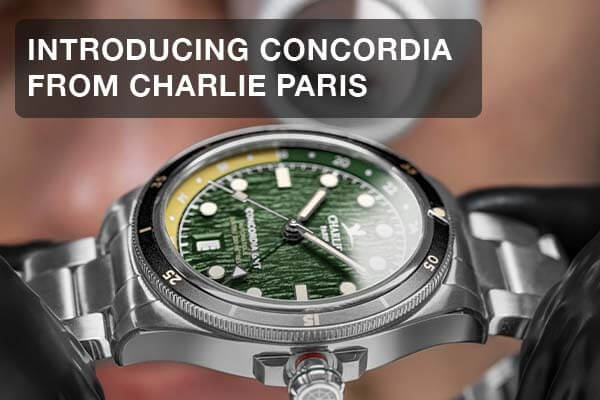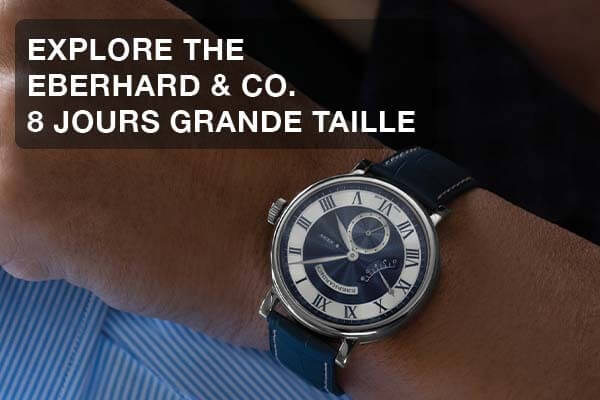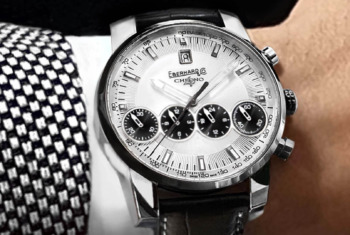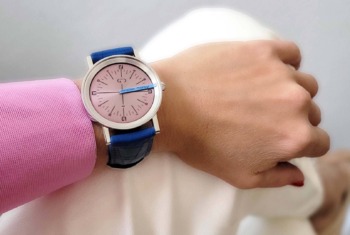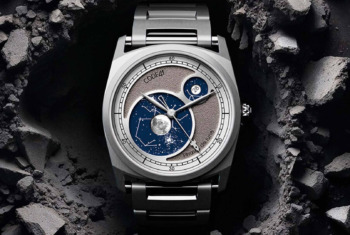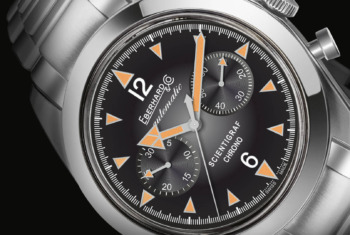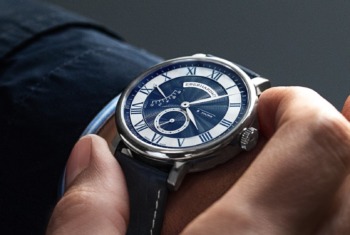5 Facts you need to know about the TAG Heuer Monaco Calibre 11
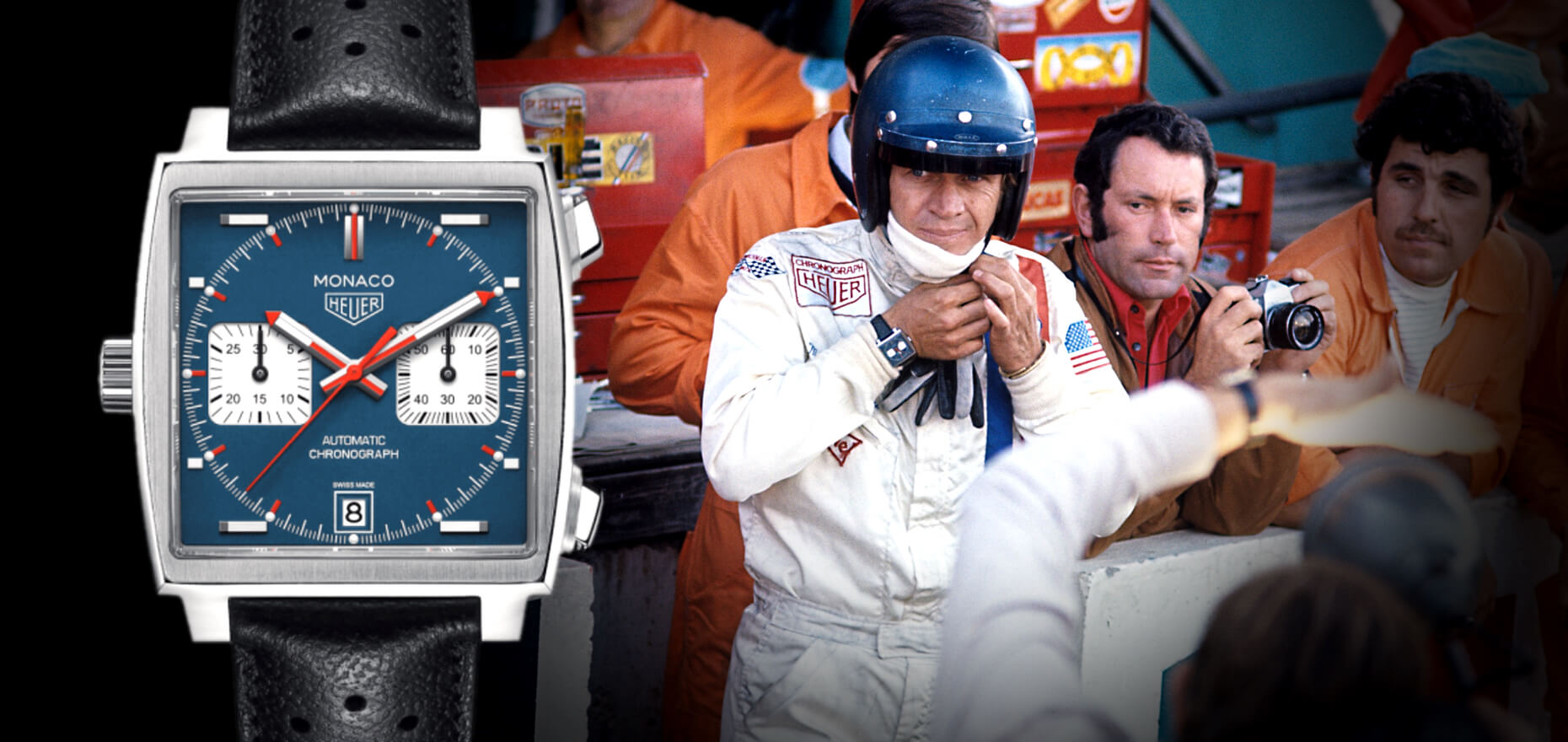
Precision and performance in every second – these ideals play an equally important role in the world of Formula 1 and timekeeping. That’s why there are countless watch models that have emerged from this symbiosis. One of the most popular is TAG Heuer’s Monaco, which was first introduced nearly 50 years ago and is highly sought after by collectors. This is especially true of the unmistakable “McQueen Monaco,” which has been imitated countless times.
The noise of roaring engines and the smell of burnt rubber are in the air, rev the motor and the merciless race begins: The legendary film “Le Mans” made in 1971 with Steve McQueen in the lead role lets you experience the thrill and dangers of the emerging sport in spectacularly cut scenes. At the same time, it puts the watch on McQueen’s wrist in focus: the Monaco Chronomatic Calibre 11 by Heuer. This movie underscored the close ties of the Swiss luxury watch brand to the world of motor sport. These ties were cast in the beginning of the 1960s with the launch of the equally legendary Carrera designed by Jack Heuer, and the relationship extends to the present day. Prominent racing drivers and fans of the brand such as Niki Lauda, Jochen Rindt and Jo Siffert contributed to Tag Heuer’s fame with their appreciation of the many technical innovations TAG Heuer developed exclusively for precision timing in the competitive motor sport.
We have compiled the five most relevant facts which every watch aficionado should know about the most notorious watch of the 1960’s.
5. World premiere of the first automatic chronograph caliber
That’s true, and then again, it’s not. The famous Chronomatic Calibre 11, the result of a collaboration with Breitling, Leonidas, Hamilton/Büren and Dubois-Dépraz, was developed at the same time as Zenith’s El Primero, but was presented somewhat later (on March 3, 1969) in Geneva and New York. Thus, the competition was a nose ahead. The Chronomatic Calibre 11, with a coulisse lever system, had a diameter of 31 millimeters and a height of 7.7 millimeters. Underneath the chronograph module, a micro-rotor provided effective propulsion.
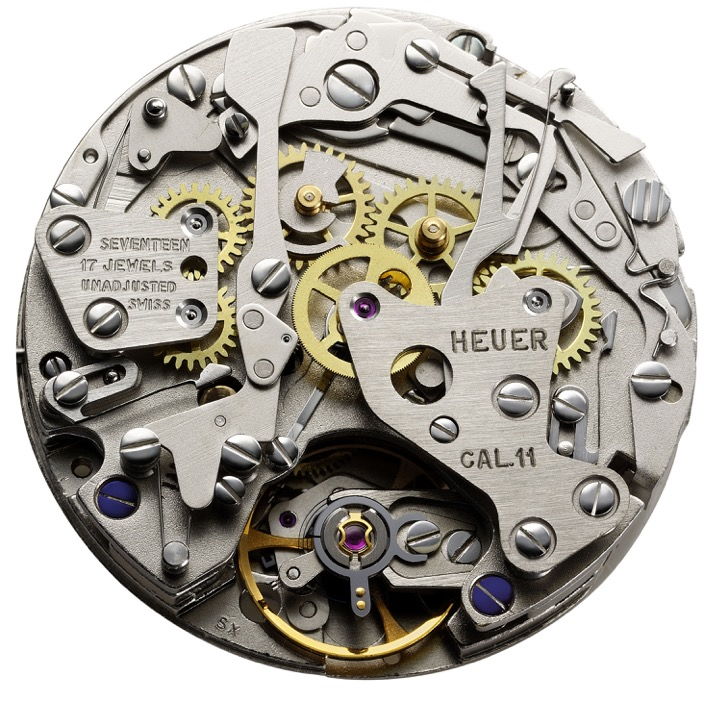
Incidentally, Seiko also took part in the competition for the first chronograph caliber: The Japanese company began developing an automatic chronograph in 1967. So the question of who stands where on which winner’s podium here cannot be answered unequivocally.
4. World premiere of the first square waterproof case
However, the answer to this question is clearly yes. The case of the Monaco was the first non-round case of a Swiss watch that offered absolute water resistance. This was also a sensation, as square cases are naturally more difficult to seal. A novelty in the world of watches, where until then only round cases could be made waterproof, and the squaring the circle in terms of case precision.
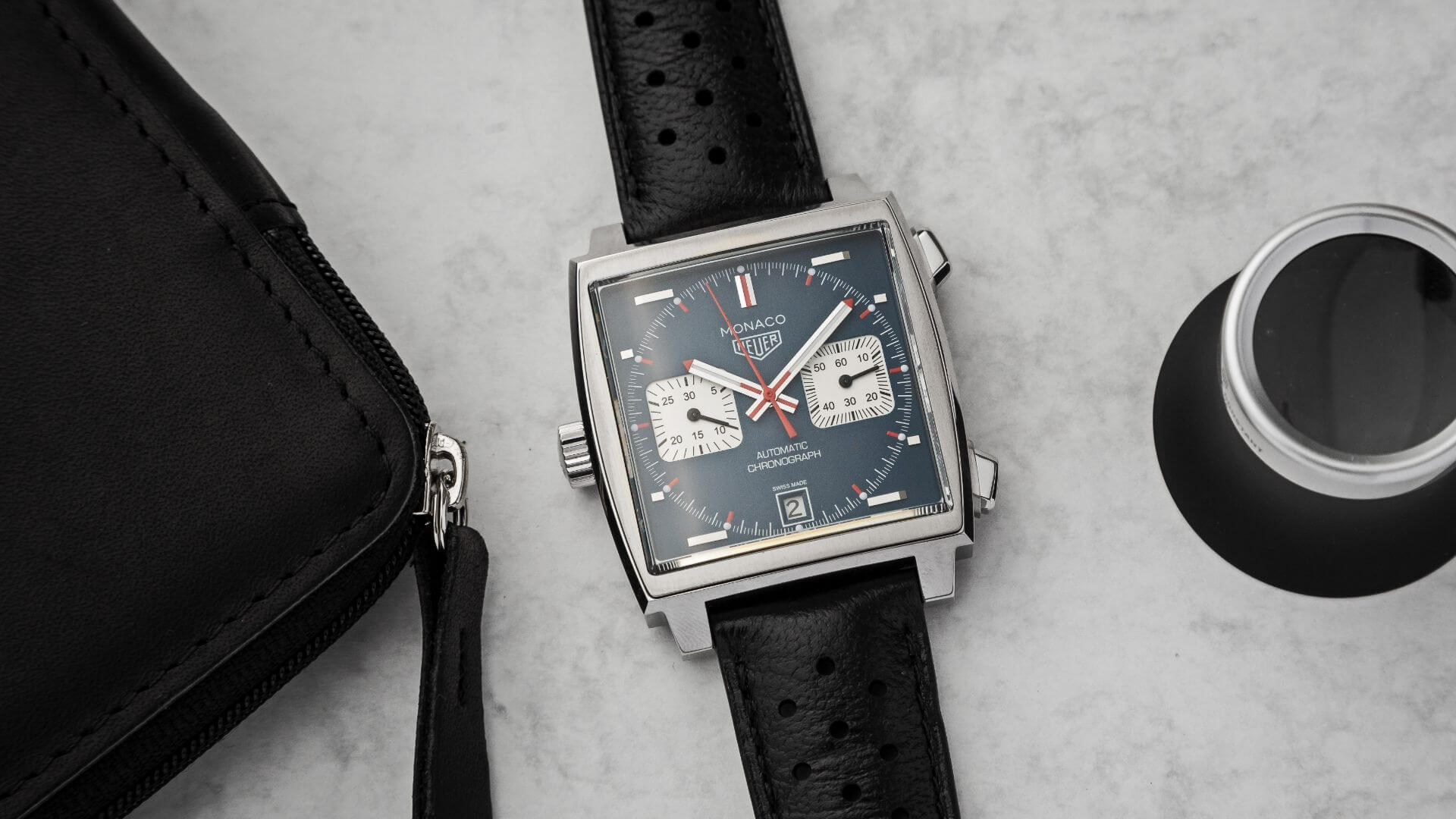
This innovation was made possible by the case manufacturer Piquerez, who had developed a new sealing system. Four notches snapped into the case back and create compressive strength through tension.
3. World premier in unconventional watch design
On the Monaco’s debut 1969 in Geneva and New York, the large square case initially breached the strict specifications of conventional watch designs and was snubbed by traditionalists. While opponents were turned off by the bold appearance, the Monaco quickly gained momentum among lovers of striking timepieces.
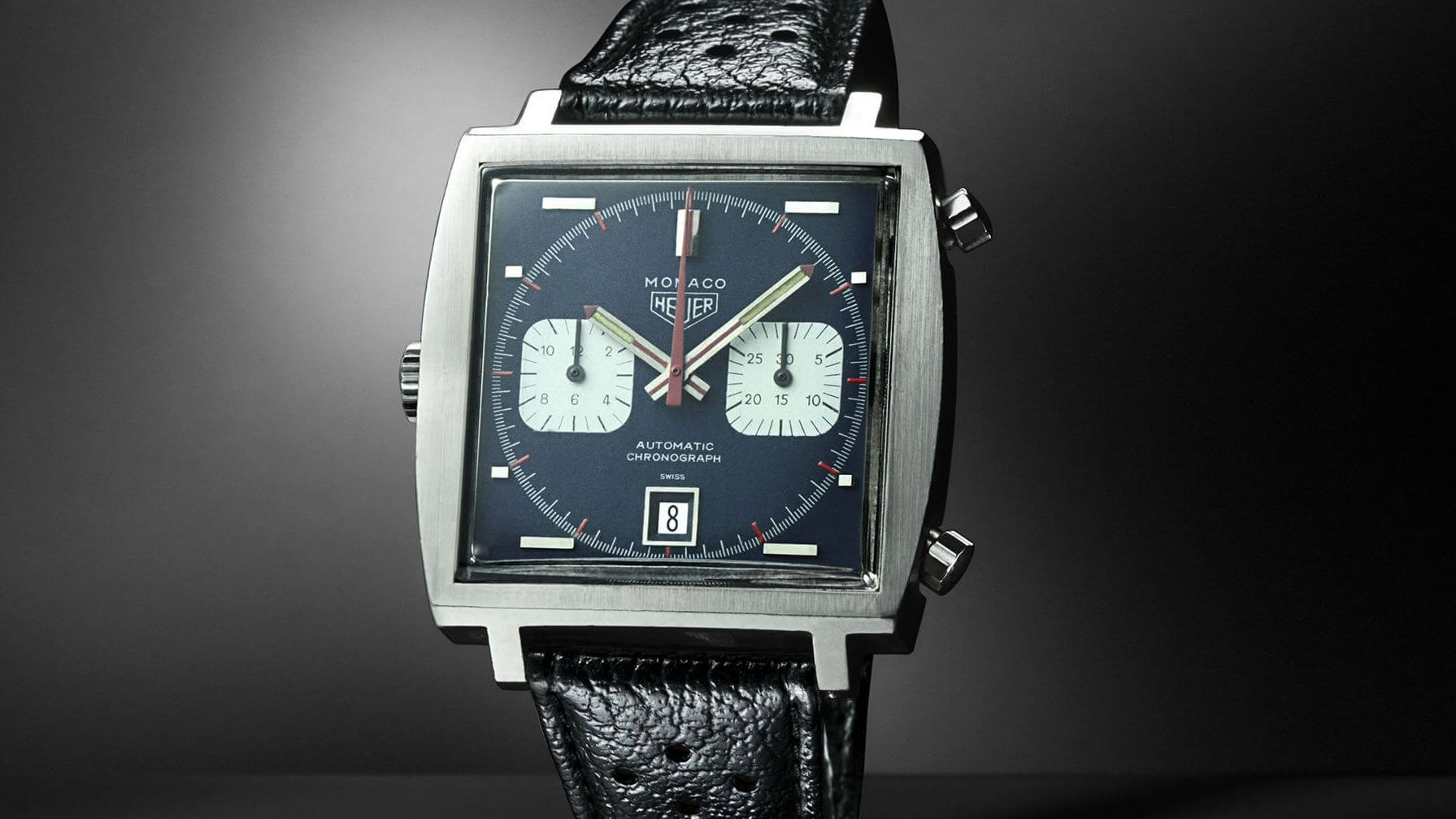
Its refreshingly different dial in petrol blue with a bright red chronograph seconds hand, red indexes, and square counters set a new trend, which would frequently be copied in its future. No wonder that the declared cult watch has been adhering to this distinctive appearance throughout the years. The reissue in 2005 emphasizes the square shape of the stainless-steel case even further. The case consists of three parts which are joined by four screws. The two push buttons at 2 and 4 o’clock are square, the band hinges more pronounced. Also, the current version has a Sapphire Crystal bottom to show the legendary caliber in its full glory.
The fact that the different design still finds recognition among design specialists today is shown by the fact that the Monaco Calibre 11 received a Red Dot Award in the product design category as recently as July 2017.
2. World premiere left crown
In order to make the Monaco to be noticeable as an automatic chronograph that does not need hand-winding, the designers and watchmakers of Heuer decided to place the crown on the left side of the case. This has turned a new chapter in the history of watchmaking, as it has never been done before. Visually, it emphasized the novelty of the self-winding movement. Appearance aside, the unconventional placement of the watch crown also serves a functional purpose, as it enables faster operation of the two chronograph buttons, which remained on the right side of the watch
1. World premiere sponsorship
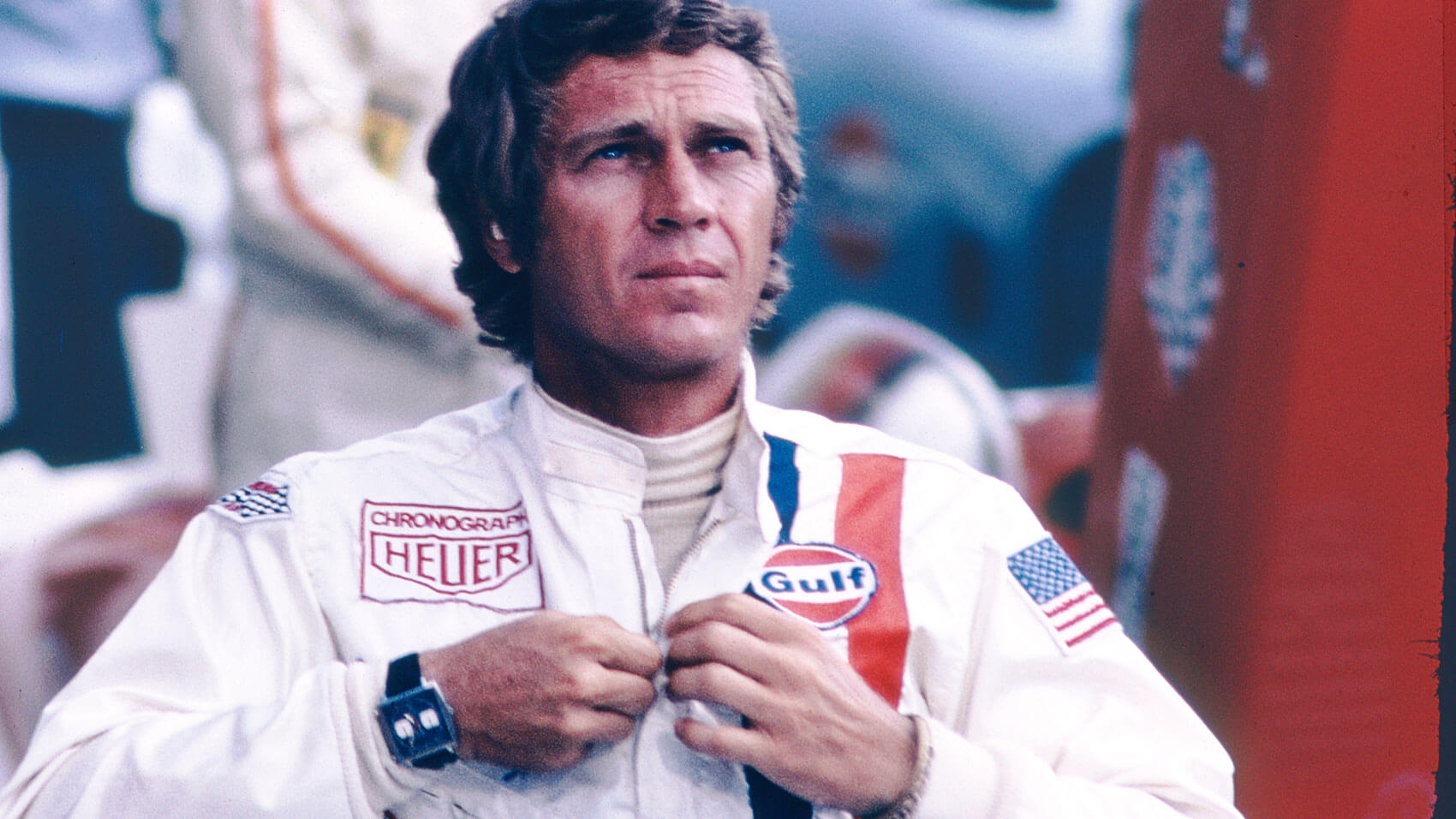
The reason why the Monaco is known as the racing watch par excellence beyond any competition can be attributed to Heuer being the first watch manufacturer to sponsor a race car driver. They bet on Jo Siffert, one of the best drivers of his time. Heuer allegedly paid him in watches. A smart move, because in the film Le Mans Steve McQueen wore Jo Siffert’s racing suit which prominently displayed the Heuer logo.
Classic with corners and edges
Since the Monaco first crossed the finish line in 1969, she has appeared in many design variations, some of them limited editions. Instead of racing the latest fads of fashion or following short-lived trends, TAG Heuer has stayed true to the original aesthetics of its iconic watch and has created a classic that withstands the follies of time. Over the decades, the Monaco has actually even gained in appeal and in value. The Monaco V4 is the most spectacular of the variations in technical terms. The launch in 2004 at Baselworld stunned the watch industry with its linear oscillating-weight and ball bearings. Ten years later TAG Heuer again presented avant-garde haute horologerie in a Monaco, the V4: the first belt-driven Tourbillon.

The current version from the year 2015 seamlessly builds on the angular beauty of the former Rebel. All the typical characteristics are present: the 39-mm-diameter, the crown on the left side, the petrol-blue dial with the two square counters, the date window at 6 o’clock, the horizontal hour indexes set with diamonds and the original Heuer logo.
In honor of the fascinating history of the Monaco line, the new edition emphasizes the square shape of the stainless-steel casing even more. Since 2009 it has been equipped with a sapphire crystal bottom to show the impressive caliber. The case consists of three parts (since 1998), with four screws. The two push buttons at 2 and 4 o’clock are also squared, the hinges for the racing themed stylish perforated calf leather strap are more pronounced.

Did you know that the iconic TAG Heuer Monaco is also available in our store? Right this way for our selection.



